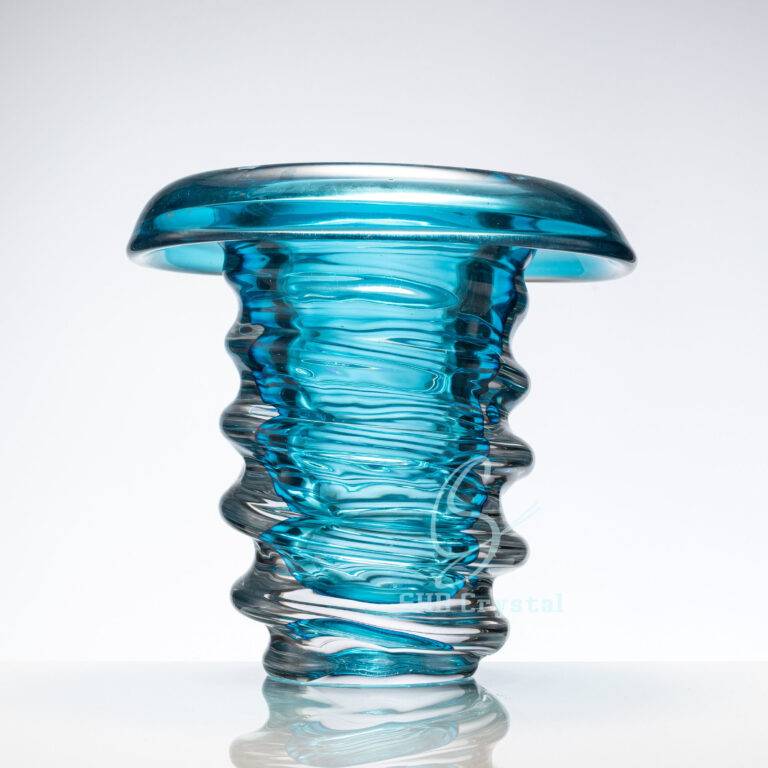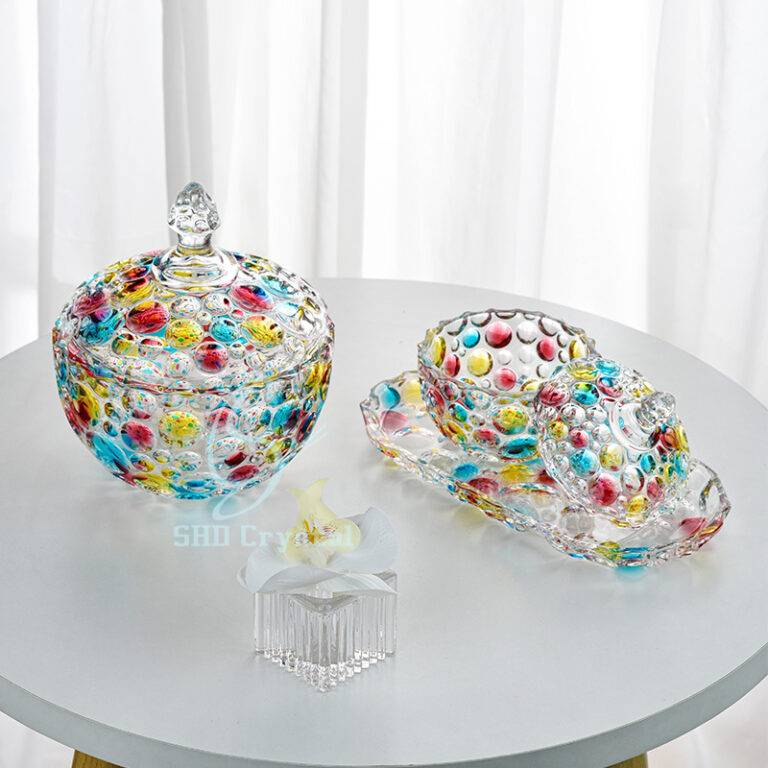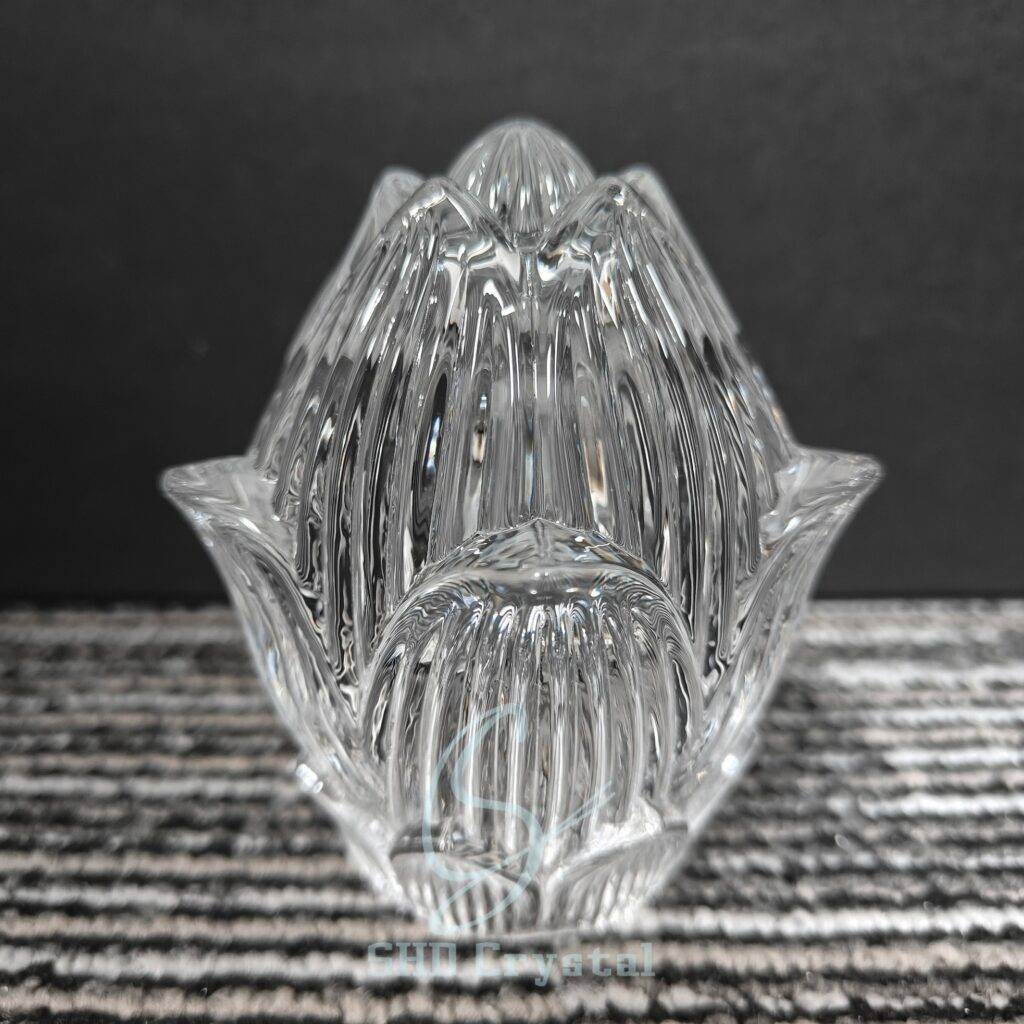> Blogs > Difficulty and Application of Molded Glass Blowing Process
Difficulty and Application of Molded Glass Blowing Process
Core keyword: molded glass blowing process
The molded glass blowing process combines traditional craftsmanship with mold precision, producing intricate and artistic glass shapes that would be difficult to achieve otherwise. While this technique is widely used in decorative and functional glassware production, it presents unique technical challenges that demand both experience and precision engineering. As a hybrid glass molding technique, it allows artisans to replicate forms while retaining some uniqueness of hand-blown craft.

Why the Molded Glass Blowing Process Is Technically Challenging
The molded glass blowing process begins by heating raw materials to a molten state, then shaping the glass by blowing it into a pre-designed mold. While this sounds straightforward, the actual execution involves overcoming several technical hurdles:
Mold Material and Design Tolerance
High-temperature-resistant molds, typically made from cast iron or stainless steel, must maintain dimensional stability under extreme heat. A small deviation can lead to uneven wall thickness or deformed patterns in blown glass molding.
Synchronization Between Blowing Pressure and Mold Fit
Blowers need to carefully regulate air pressure to ensure the molten glass expands uniformly within the mold. Inconsistent pressure may cause weak spots or asymmetry, especially with large or complex shapes. This is a common challenge in any glass molding technique requiring manual input.
Thermal Stress and Annealing
Rapid cooling or improper annealing after molding can cause internal stresses, resulting in cracking or spontaneous breakage. Managing the thermal gradient during cooling is essential to the long-term stability of the product.
Pattern Fidelity and Surface Finish
For detailed textures or surface decorations, the mold’s engraving quality and cleanliness must be impeccable. Even minute debris or temperature inconsistencies can ruin the final finish, especially in high-end blown glass molding pieces.
Despite these difficulties, the molded glass blowing process remains a cornerstone in architectural elements, lighting components, and artistic installations where consistency meets creativity. It’s one of the few decorative glass processes that balances mass-production efficiency with aesthetic value.
Versatile Applications of the Molded Glass Blowing Process
Thanks to its repeatability and flexibility, the molded glass blowing process is widely used in:
-Crystal Lighting Fixtures: Murano-style chandeliers, vintage-inspired wall sconces, and modern pendant lamps often rely on blown glass molding for distinctive form and texture.
-Architectural Glass Elements: Textured bricks, patterned blocks, and decorative partitions produced via glass molding techniques.
-Artisanal Tableware: Wine decanters, patterned tumblers, and luxury vases—each shaped through this unique decorative glass process.
The process empowers designers to blend repeatability with hand-blown authenticity—ideal for high-end interior projects or limited-edition collections.
At SHD Crystal, we specialize in the molded glass blowing process for bespoke architectural and lighting solutions. Whether you’re seeking structured elegance or organic asymmetry, our team brings your vision to life with precise molds and expert blowing technique. Contact us to discuss your next handcrafted glass project.



- : info@shdcrystal.com
- : +86-755-2335 8353
- : No. 68 Shasong Road, Shajing Street, Bao'an District, Shenzhen, Guangdong Province
Follow us